While our belongings continue to enjoy the warm weather in Houston, we decided to celebrate my husband’s birthday with a day trip to Segovia. (With about 70% of Spain’s population fully vaccinated, and close to 80% at least partially vaccinated, and everyone wearing masks, travelling is pretty safe.)
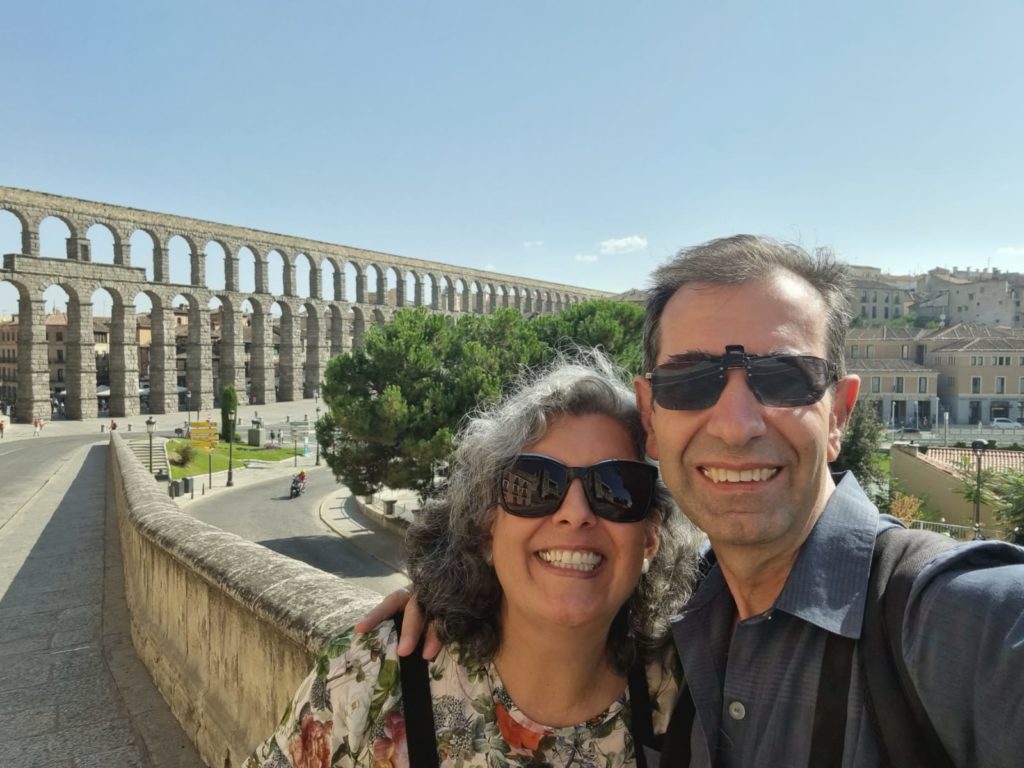
Segovia lies northwest of Madrid and Tres Cantos, but on the other side of several mountain ranges. As I was figuring out how to get there, Google Maps helpfully informed me that were we to walk the roughly 90 Km that separate us, it would take just over 15 hours. So, we decided to take a train instead. The AVE (a cool acronym which means bird, but is actually short for alta velocidad, high-speed) train ride was a short 27-minute ride from Madrid to Segovia. Of course, we had to get to Madrid, which added another 20 minutes or so, but still, very doable.
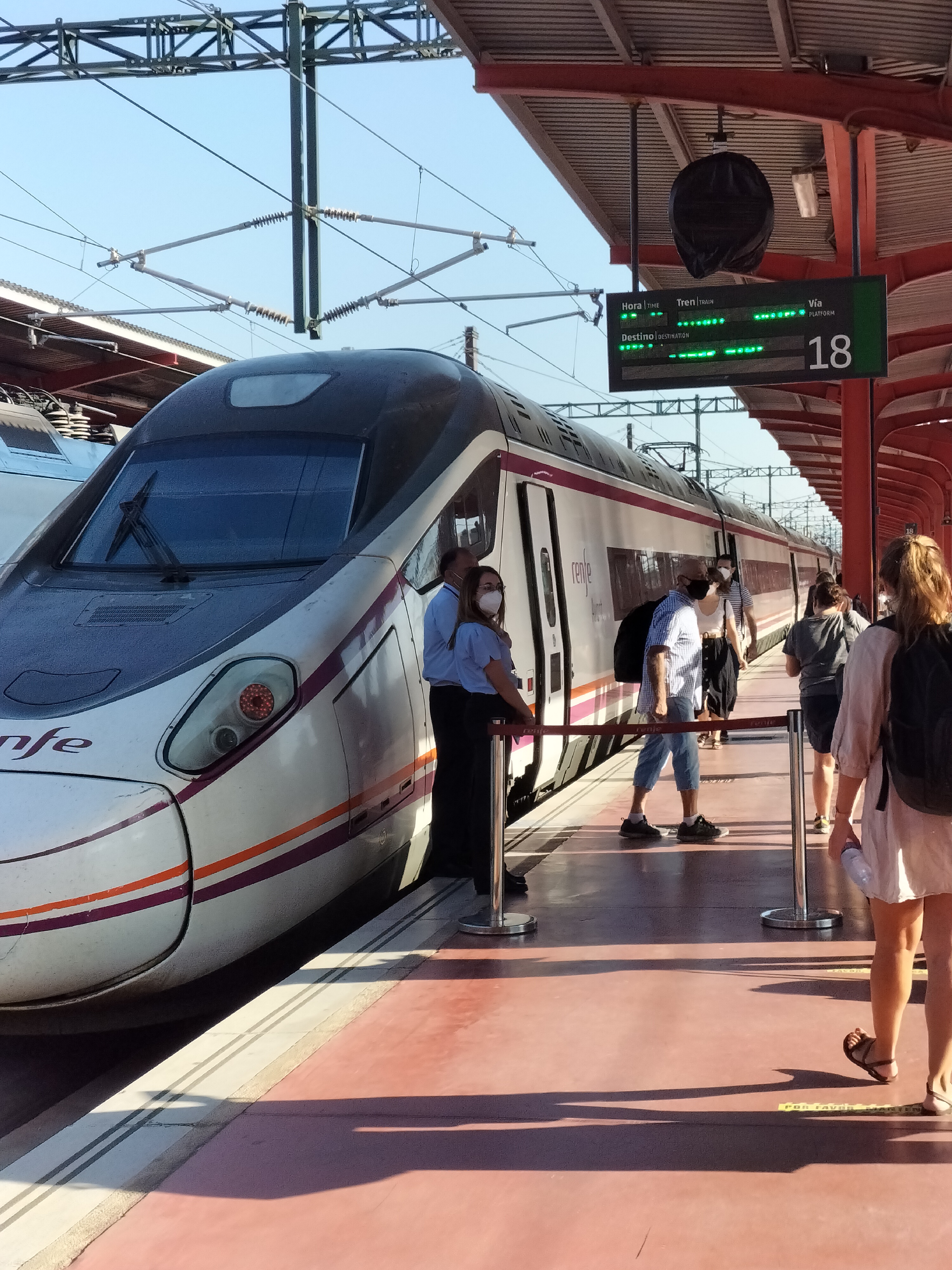
The train was clean and smooth and comfortable, and in no time at all we were arriving in Segovia, a city whose origins go back, I kid you not, sixty-thousand years! Yes! They have found Neanderthal remains in the heart of the city. Like I said, I love living here where history just jumps out at you when you wander around!
The biggest attraction in Segovia is the humongous aqueduct, built by the Romans nearly two thousand years ago, and the most in-tact Roman ruin of the entire Iberian Peninsula. It was made to bring fresh water from a far-away spring to the city and it is 15 Km long (10 miles) before it reaches the city. Once it enters the city, it leaps onto stone arcs, and then double arcs that eventually soar far above.
Most amazingly, it was built from large granite stones hewn to fit perfectly together and placed exactly in the correct positions without any mortar between the stones. Imagine that! And it was used until the 1950s to bring water to the city. It’s a mesmerizing site!
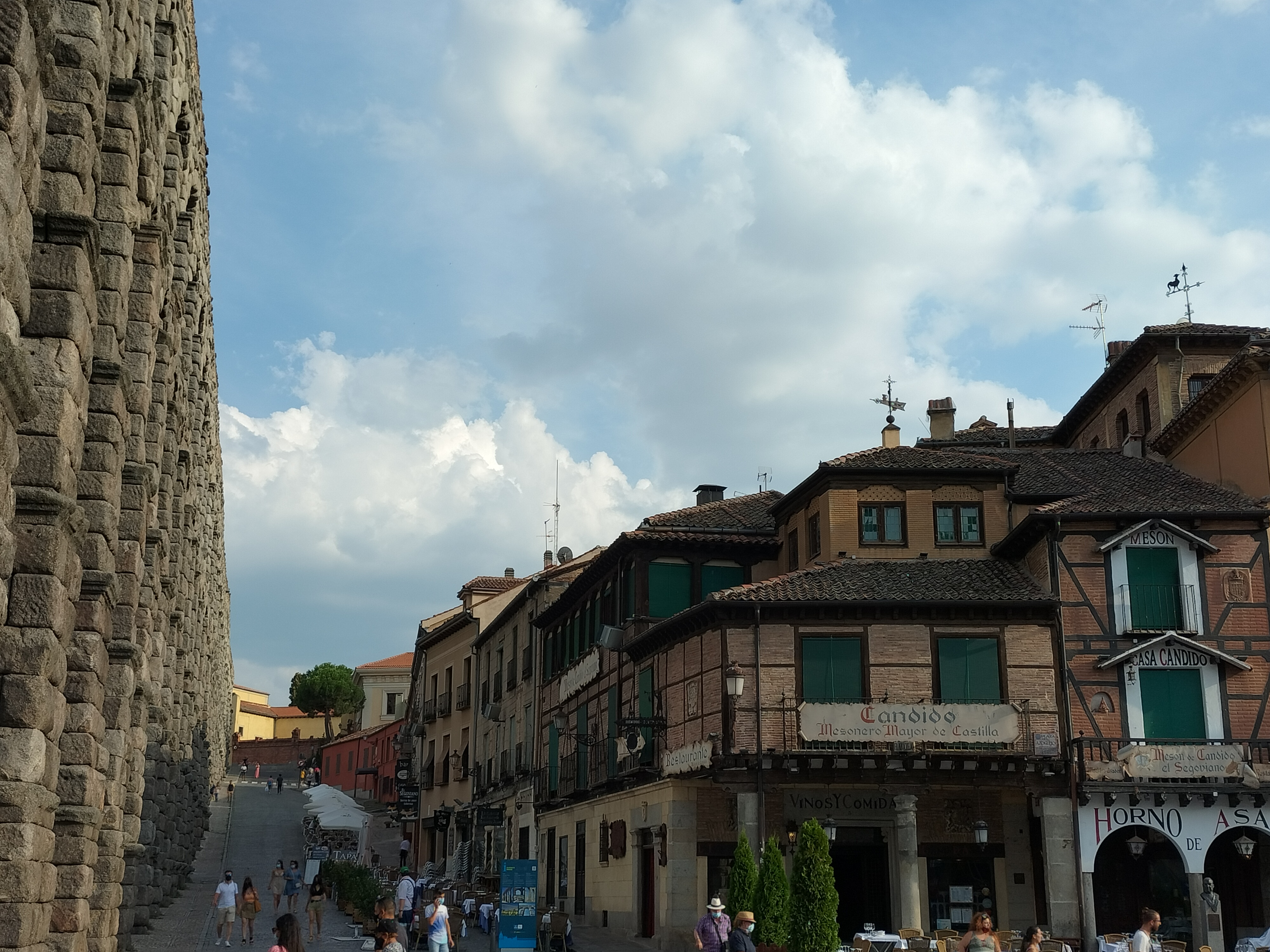
Segovia’s streets are mostly cobblestone, and they wind up from the aqueduct to the city center, and then down on the other end to a castle known as the Alcazar of Segovia. Built at the beginning of the 12th century, it’s an amazingly well-preserved and fascinating castle that looks like somewhere Cinderella might have lived.
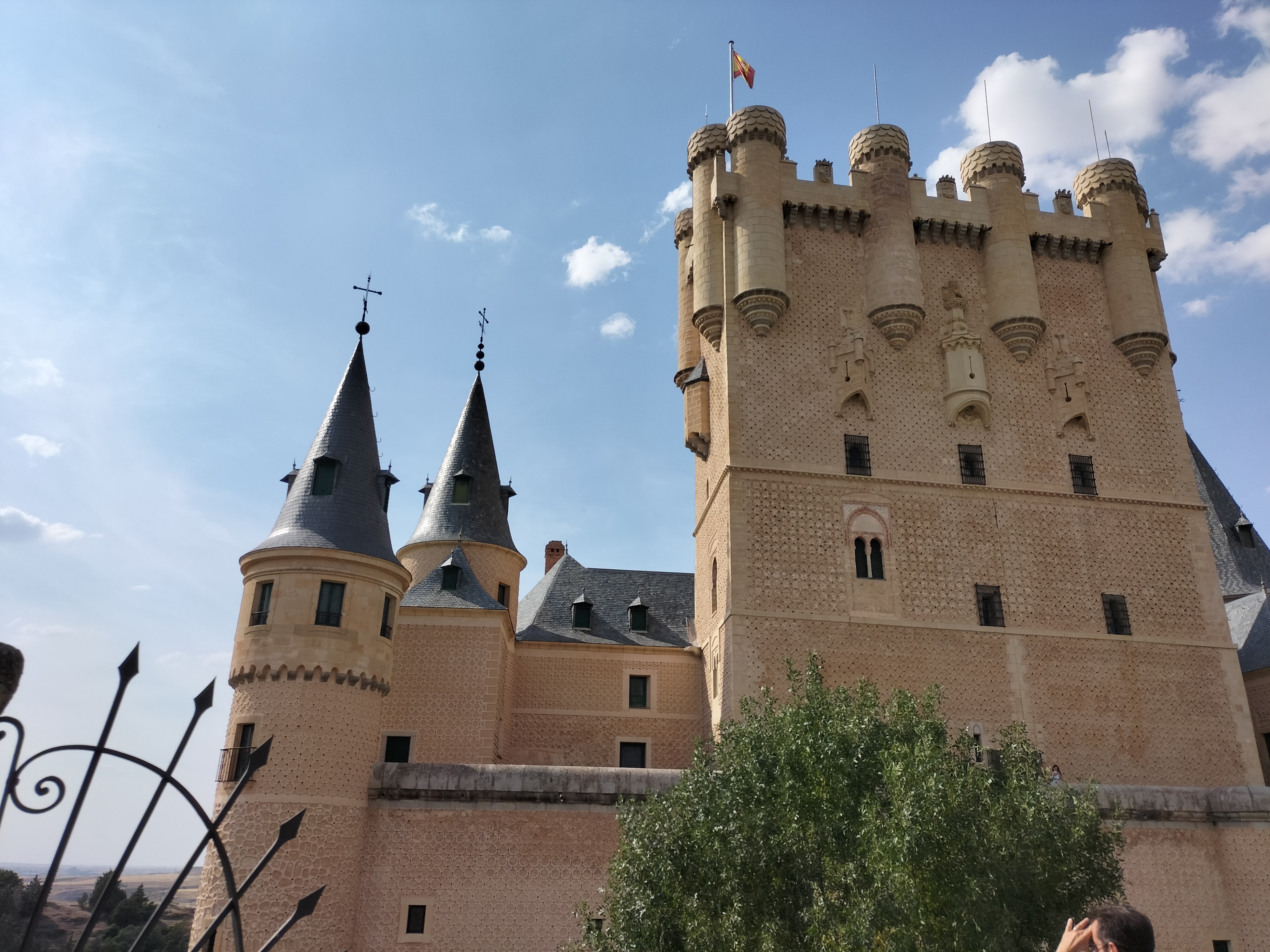
Between the aqueduct and the Alcazar, the rest of Segovia is also very interesting. We visited the old Jewish quarters and saw ancient synagogues upon which churches were built, many hundreds of years ago. There is a Jewish museum and a Jewish cemetery that show traces of the rich life that existed before the tragic expulsion of the Jews in 1492.
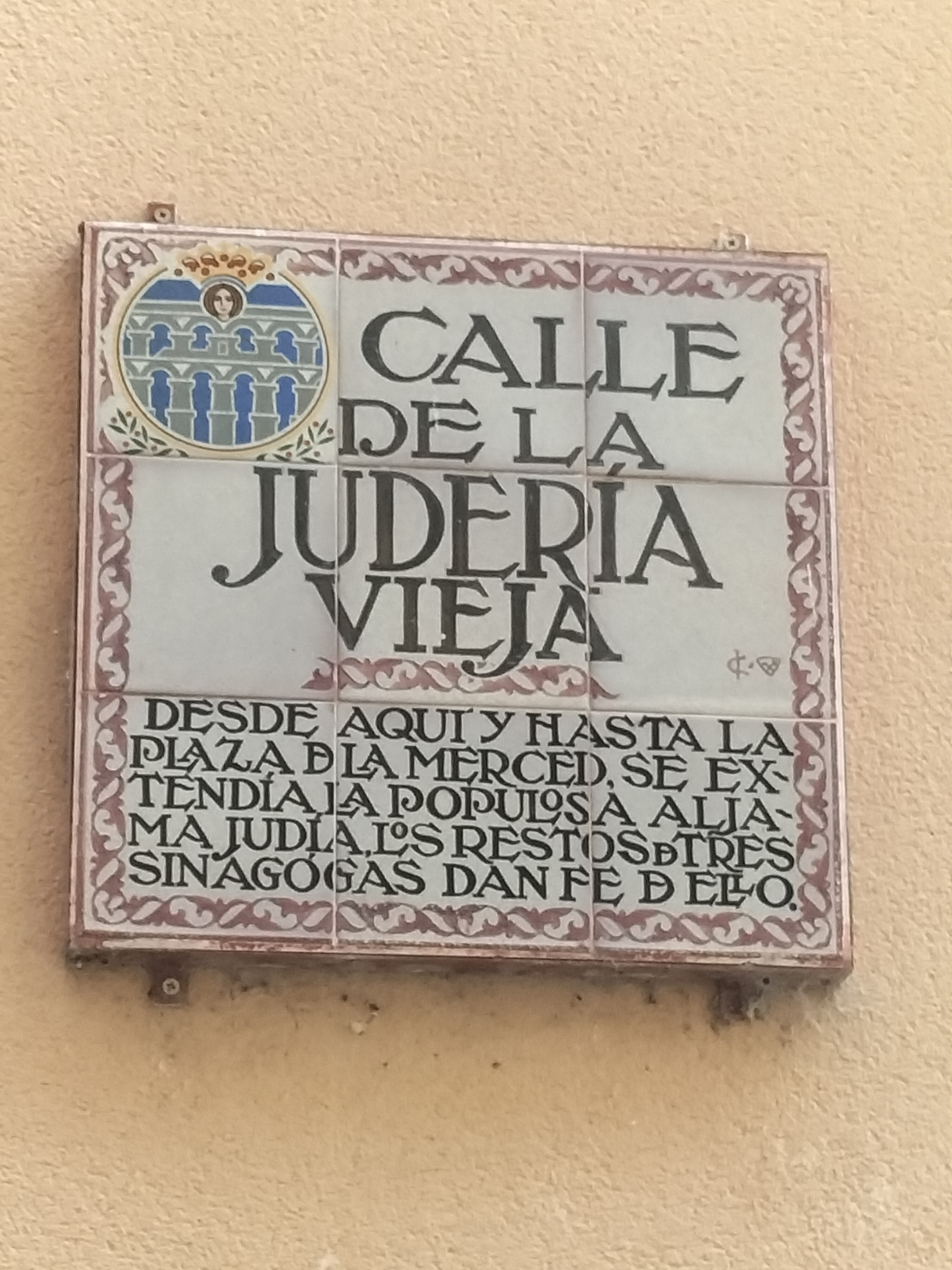
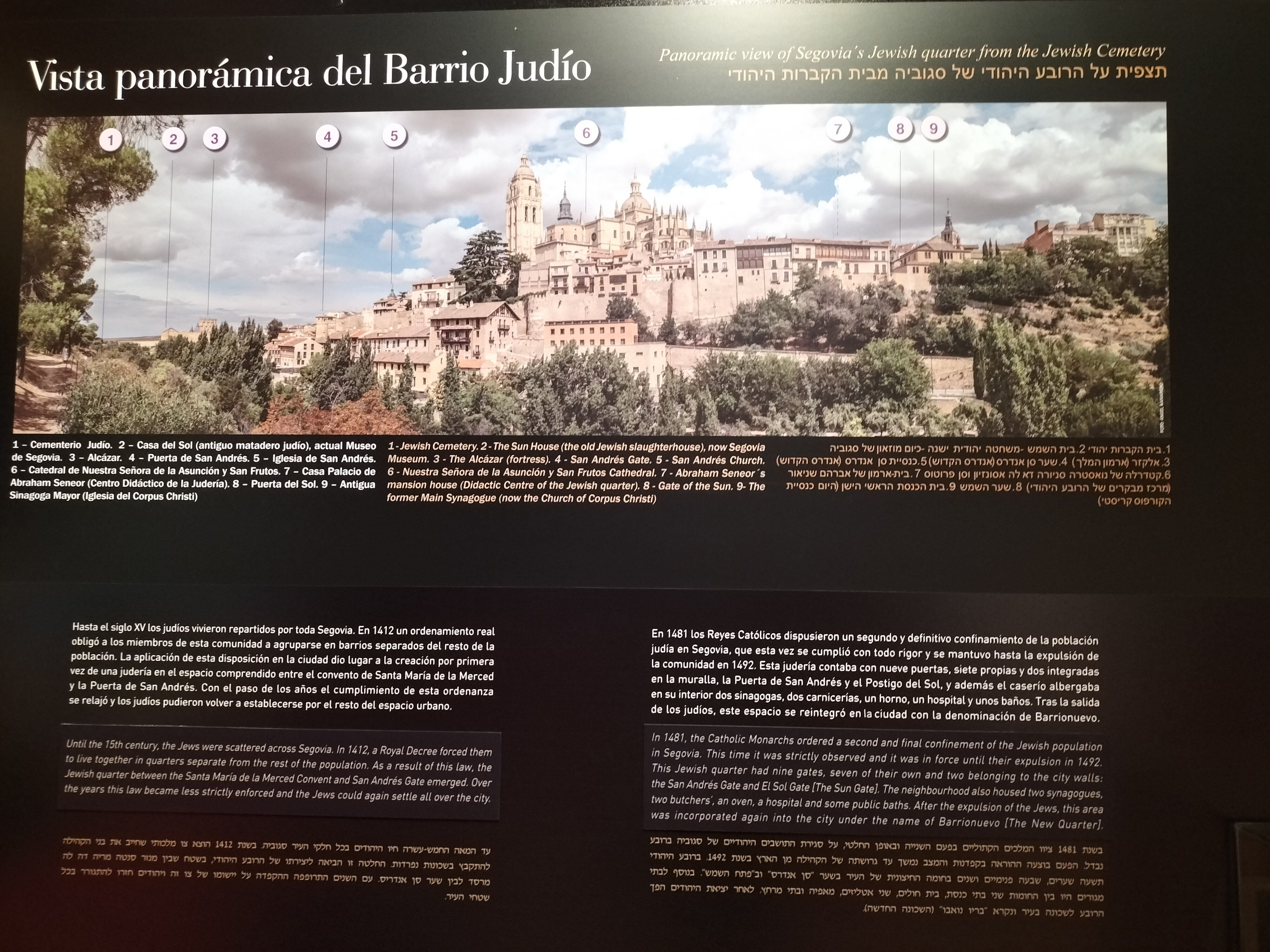
For lunch we went to a small restaurant and ordered a pitcher of sangria, to celebrate my hubby’s birthday. It took a long time since they made it from scratch, and it was the best I’ve ever had. The fresh lemon and orange slices were lovely, but we could not convince the waiter to disclose any of secret recipe.
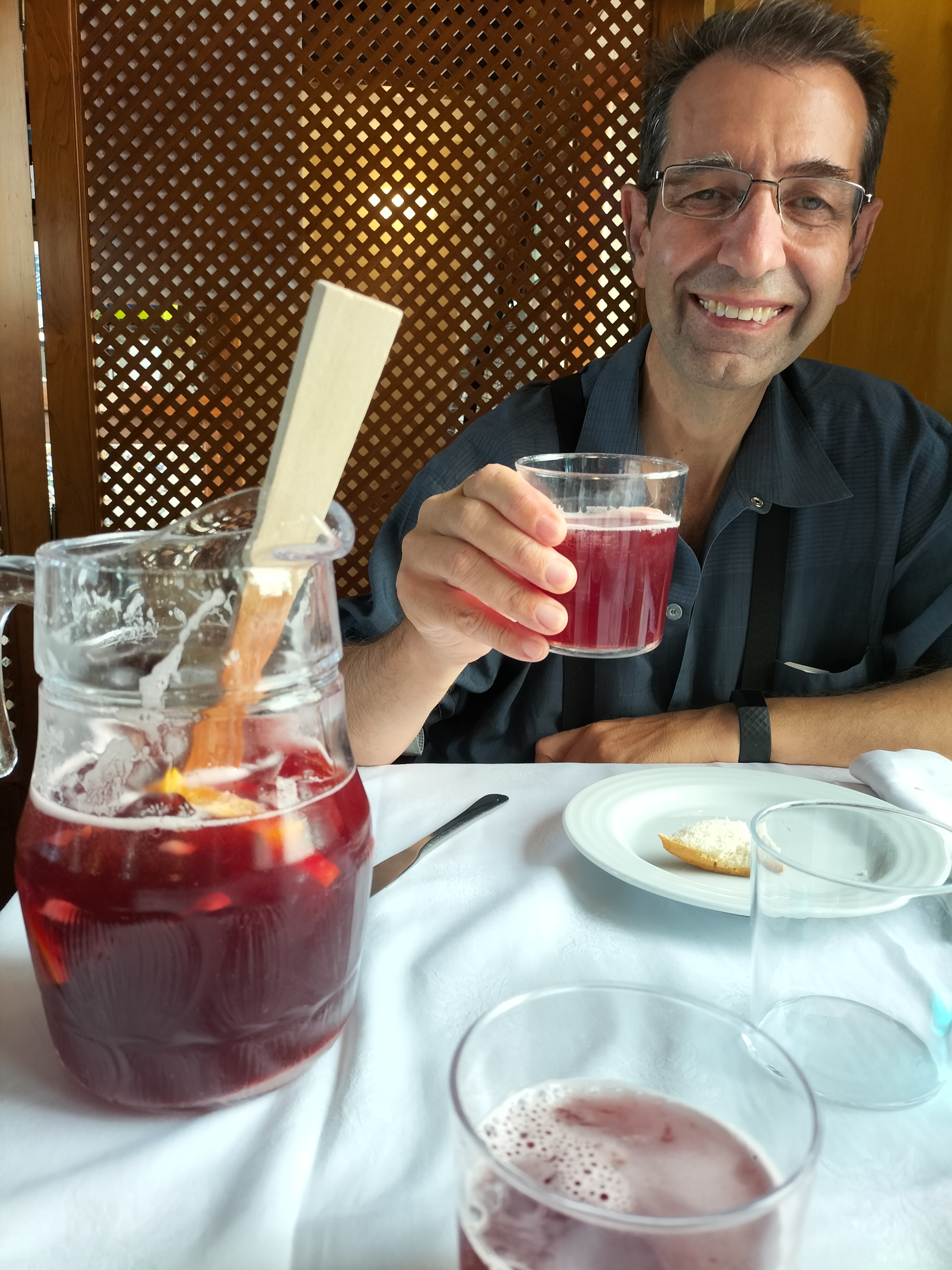
The rest of the afternoon we spent meandering the streets. We saw the cathedral up in the Plaza Mayor, the main square that was lined with outdoor terraces on which to have a cool drink.
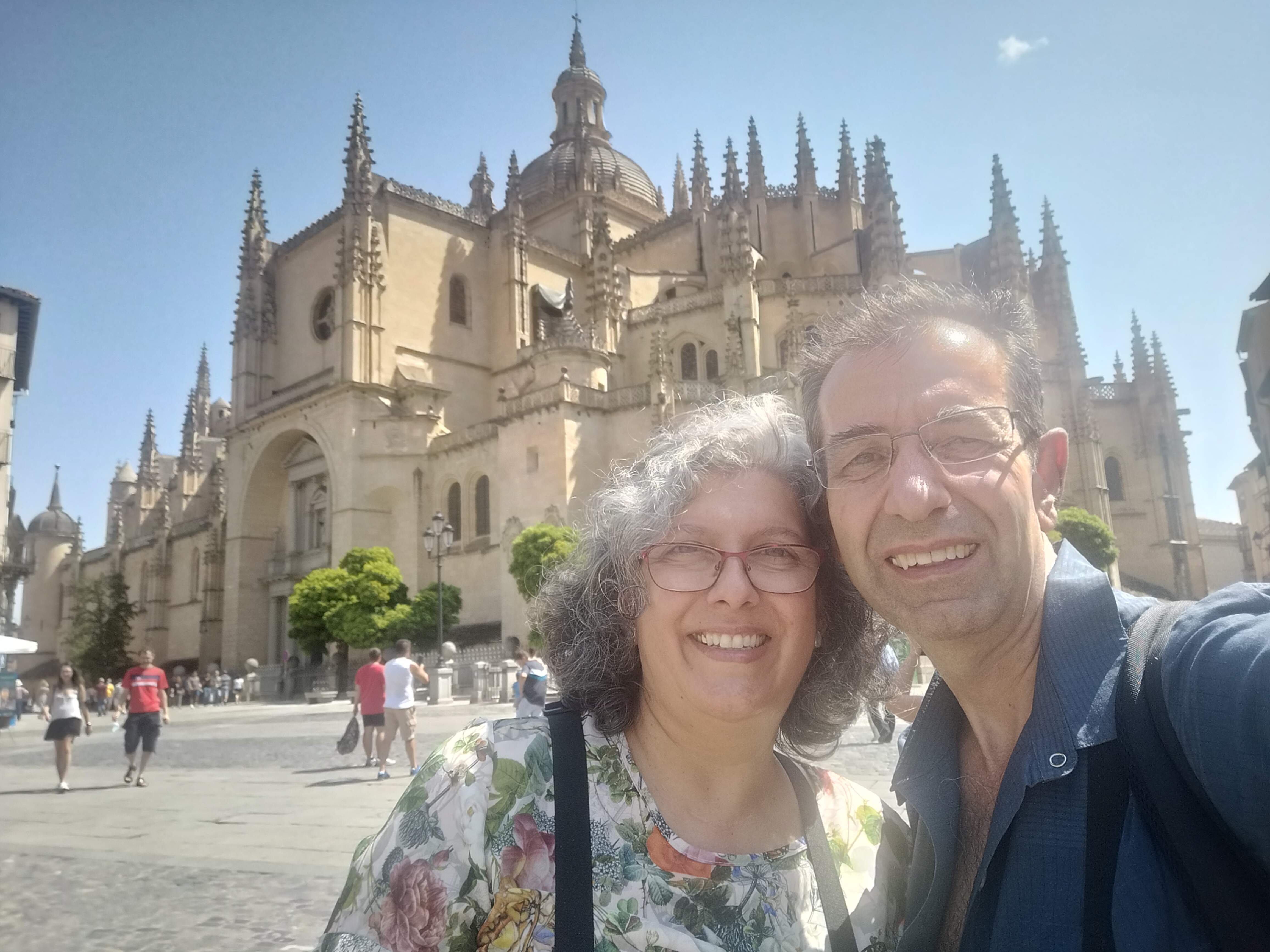
We wandered into shops and bought some cookies made by cloistered nuns in the convent and some locally made fig jam. And then we just did the touristy thing of walking around, exclaiming at the wonders we saw on every corner.
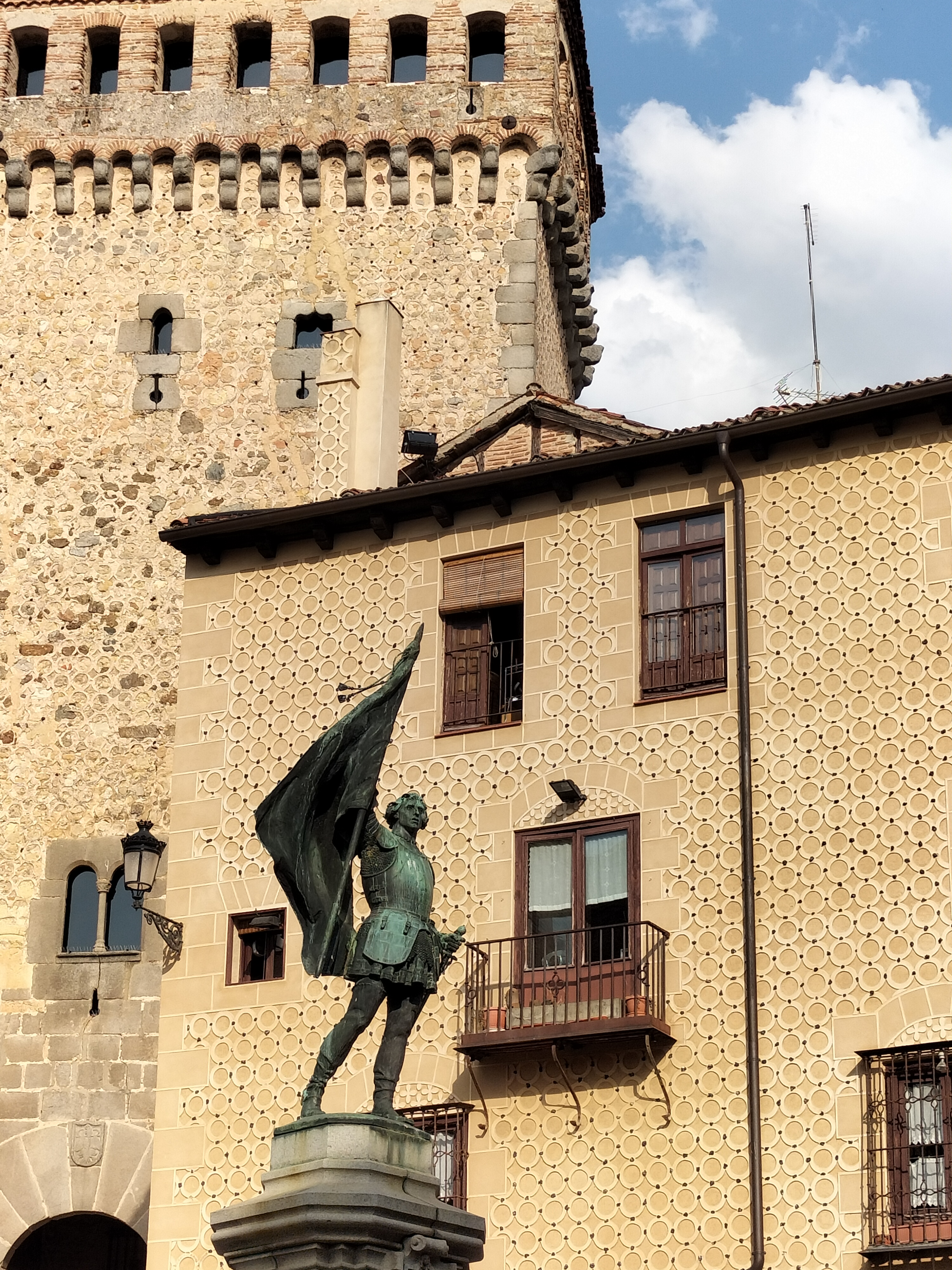
Oh, look at that coat of arms over the door!
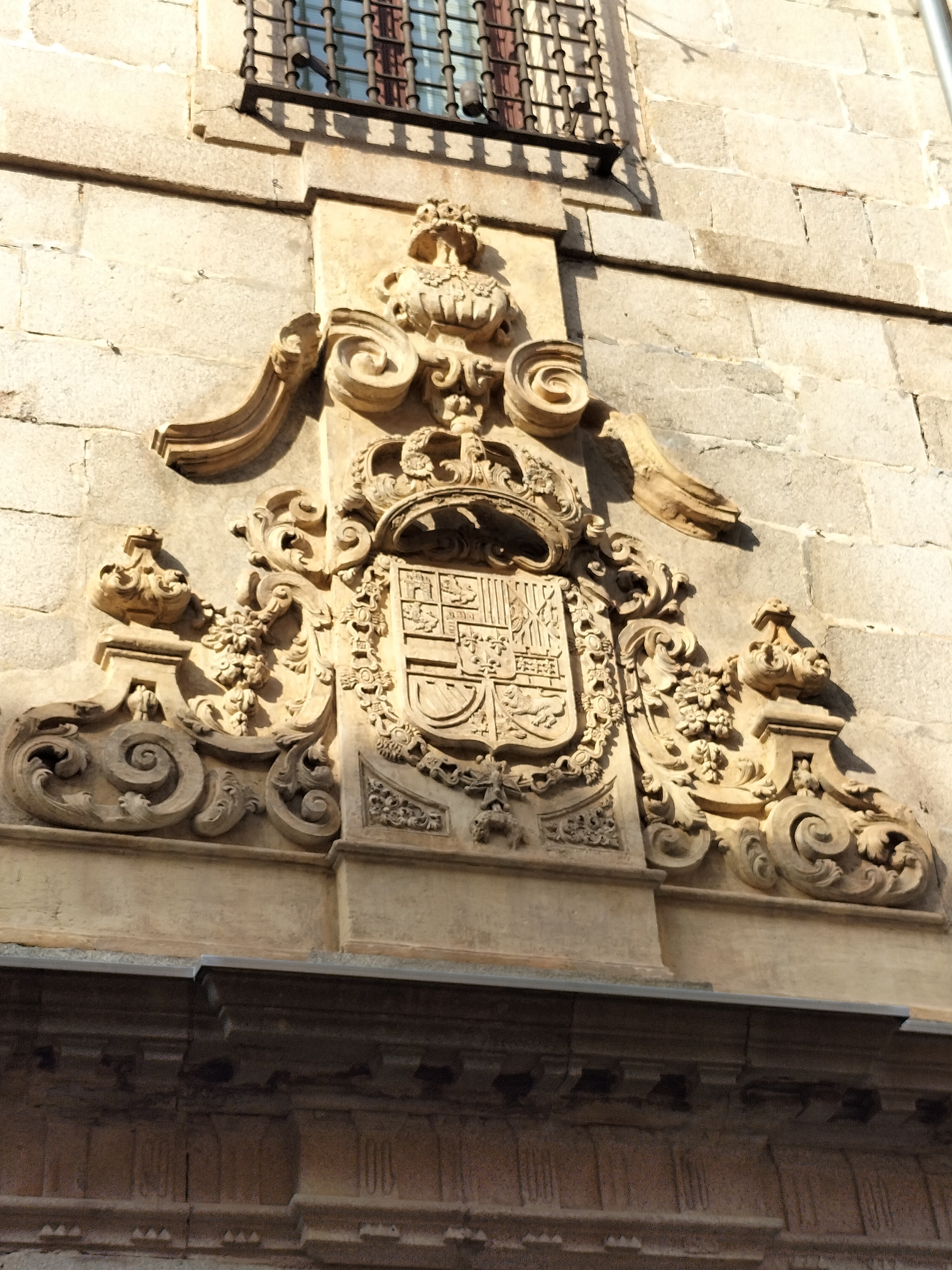
And that spiky facade!
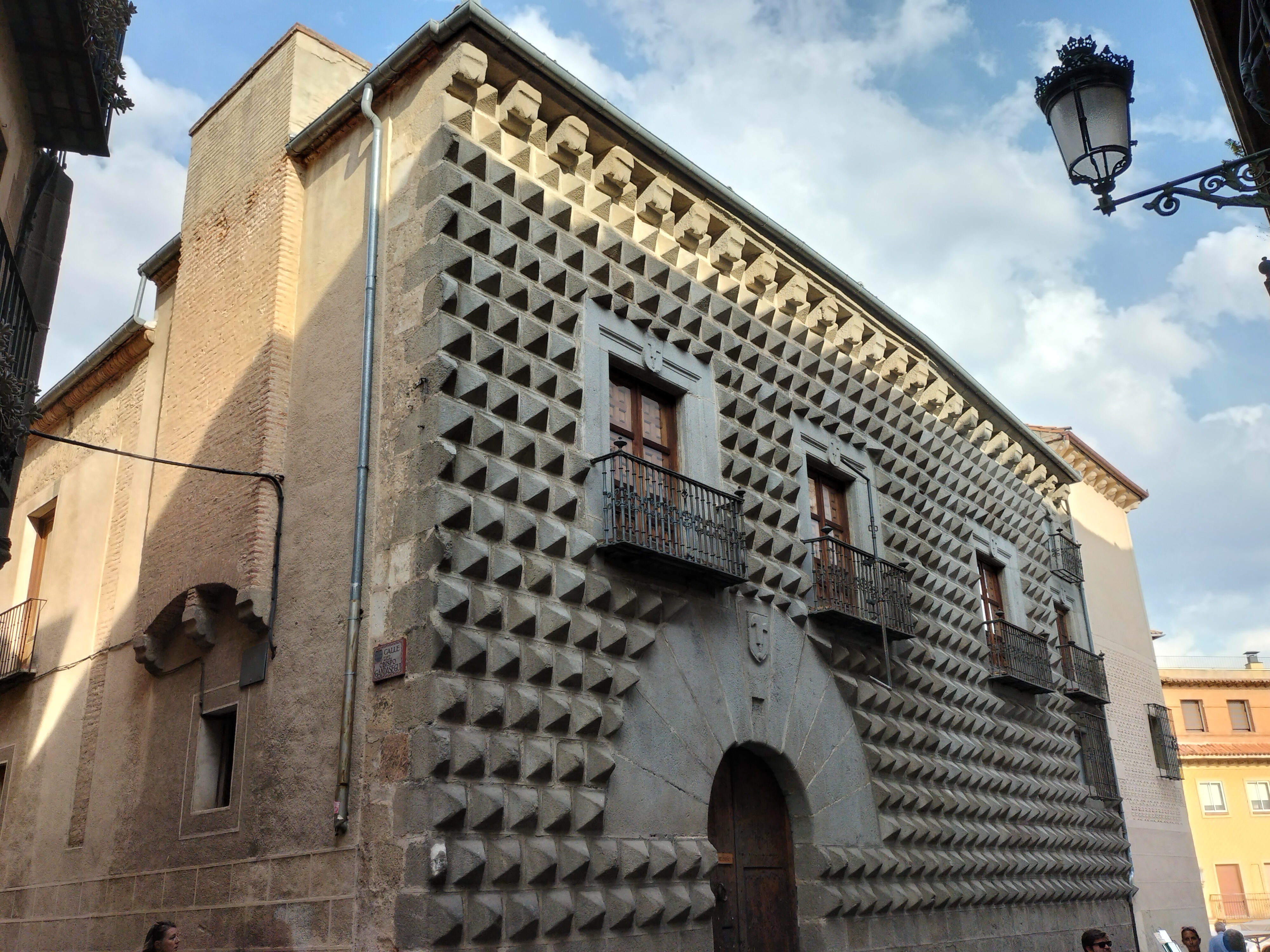
And the stork nests high above!
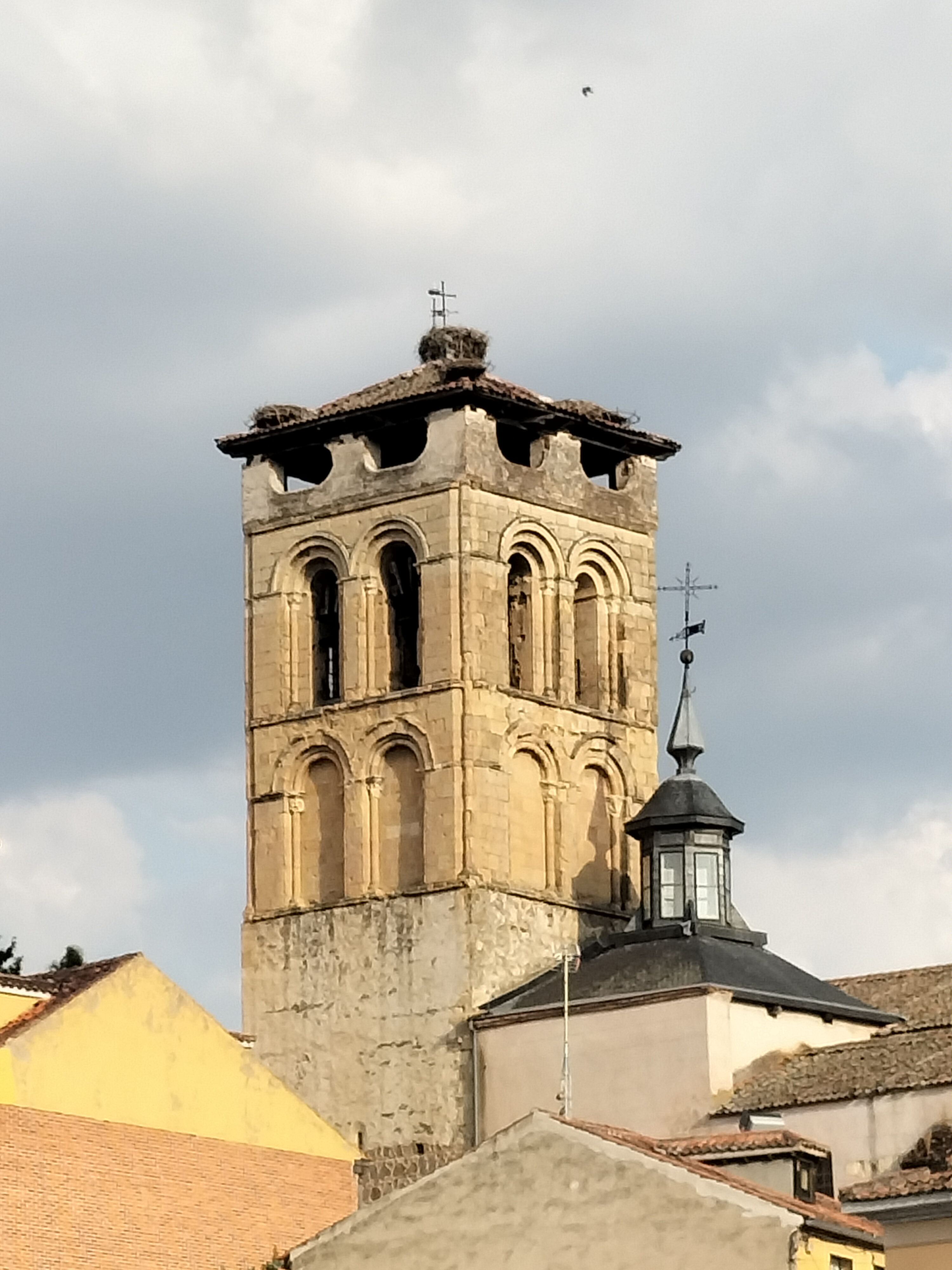
All too soon evening fell and it was time to catch the train back to Madrid. We did so with the promise to come back and see some more museums next time!
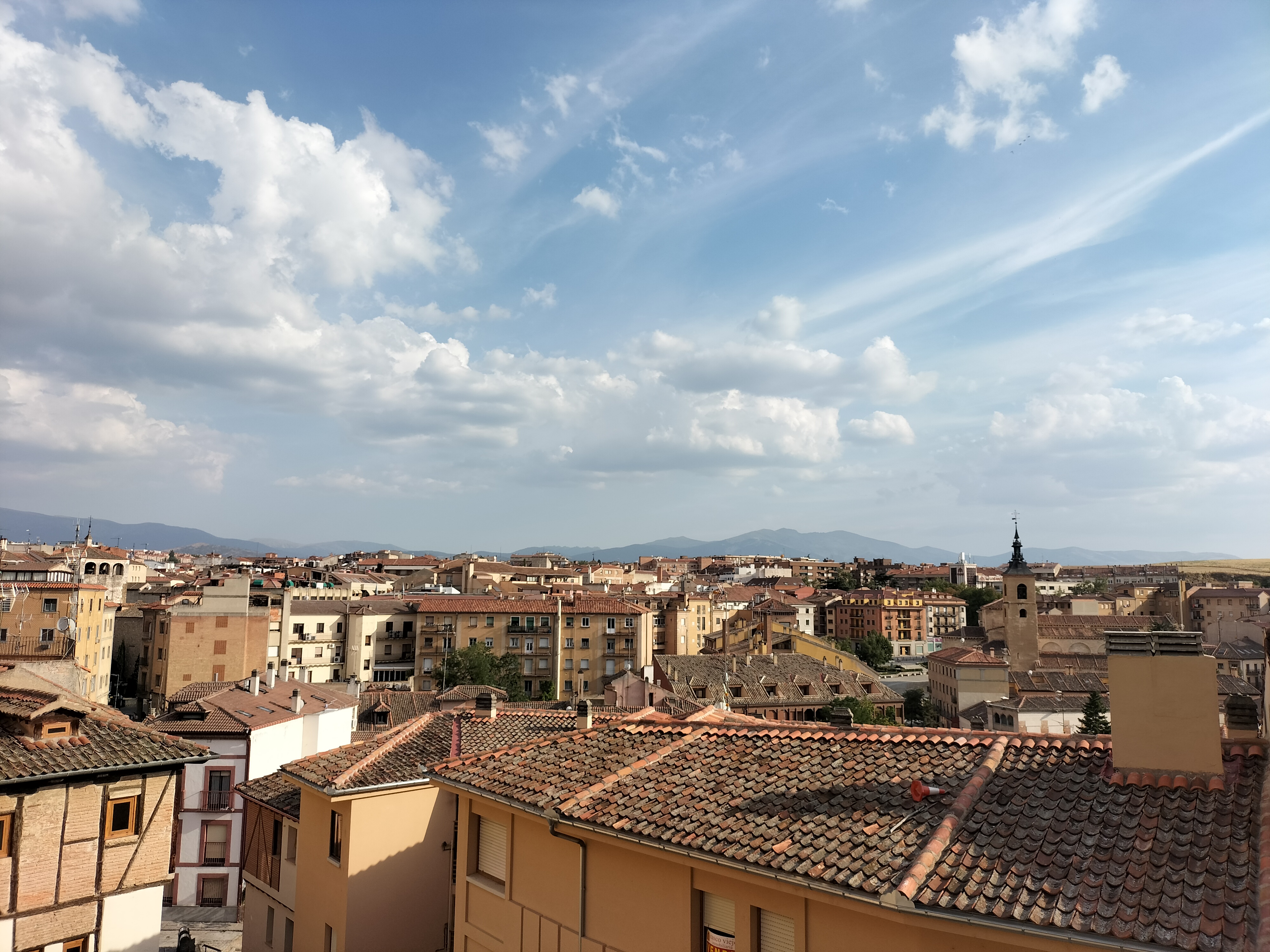
What do you think? Which part of the visit was your favorite ?
And as always, if you like my writing, please check out my novels here.


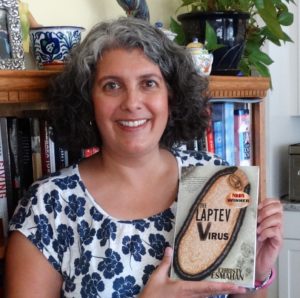
12 comments
1 pings
Skip to comment form
I’ll just say “me too” to all the comments.
Author
🙂
You look so happy! I’m excited to follow your blog. It’s fascinating.
…and L’Shana Tova! May it be a sweet new year!
Author
Thank you, Martha! and L’Shana Tova to you and yours too!
So glad to read about your adventures. Love the way you write and tell the story. Keep sharing. Love and hugs for safe travels.
Author
Thank you, sweet Reina! Hugs to you and Steve!
Very interesting city for sure!
Author
Thanks, Marilyn! I feel like I’m always learning here!
I live reading your adventures. It almost feel like I’m there with you!
Author
Fantastic, Becky! That’s my intention!! 🙂
Christy -it is wonderful to experience Spain with you. please keep sharing your experiences!
Author
Aw, thank you, Sue! Will do! Hugs!
[…] A trip to Segovia […]